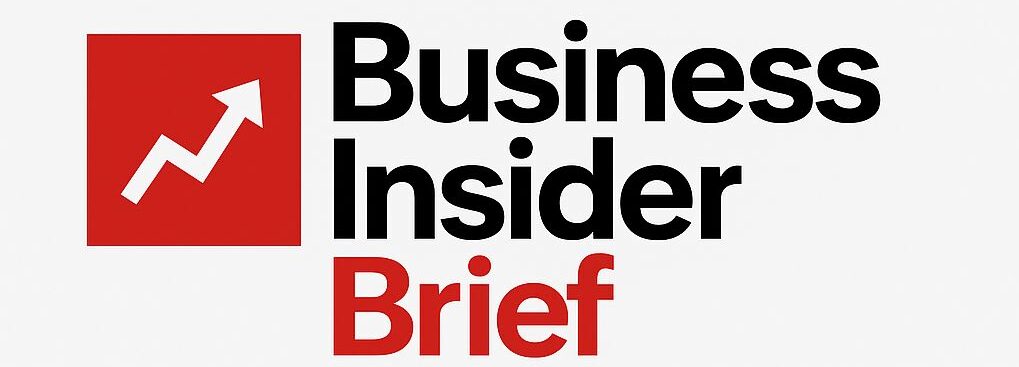In the world of takeaway beverages, the pappedeckel—or cardboard lid—has emerged as a sustainable alternative to plastic cup covers. With environmental concerns rising and more consumers choosing eco-friendly products, the humble pappedeckel is gaining popularity in cafés, coffee chains, and offices worldwide.
This article explores what pappedeckel are, their benefits, uses, and why they are becoming an essential part of sustainable living.
What Is a Pappedeckel?
A pappedeckel is a disposable lid made from cardboard or thick paperboard, often used to cover coffee cups, tea cups, or other beverage containers. The term originates from German—“pappe” meaning cardboard and “deckel” meaning lid or cover.
Unlike plastic lids, pappedeckel are biodegradable, recyclable, and made from renewable resources, making them an excellent choice for environmentally conscious consumers.
Why Pappedeckel Are Gaining Popularity
1. Eco-Friendly Alternative
Plastic lids often end up in landfills or oceans, taking hundreds of years to decompose. Pappedeckel, on the other hand, break down naturally and can be composted, significantly reducing environmental impact.
2. Safe for Hot Beverages
Cardboard lids do not release harmful microplastics or toxins when in contact with hot liquids. This makes them a healthier choice for both consumers and the environment.
3. Customizable for Branding
Cafés and businesses can print their logos, slogans, or seasonal designs on pappedeckel, turning them into a marketing tool while still being eco-friendly.
The Benefits of Using Pappedeckel
| Benefit | Why It Matters |
|---|---|
| Sustainability | Made from renewable materials and recyclable. |
| Health Safety | No toxic leaching from heat exposure. |
| Marketing Potential | Can be printed with custom designs. |
| Lightweight & Durable | Easy to transport and store. |
How Pappedeckel Are Made
The manufacturing process typically involves:
-
Sourcing recycled paper or FSC-certified cardboard.
-
Shaping and cutting the lid to fit standard cup sizes.
-
Applying a thin, food-safe coating to prevent sogginess.
-
Optional printing for branding or decoration.
This process ensures that pappedeckel are safe, functional, and visually appealing.
Where to Use Pappedeckel
-
Coffee Shops & Cafés – Ideal for takeaway coffee and tea.
-
Corporate Offices – Perfect for eco-friendly break rooms.
-
Events & Festivals – Reduces single-use plastic waste.
-
Food Trucks & Street Vendors – Lightweight and easy to store.
Pappedeckel vs. Plastic Lids
| Feature | Pappedeckel | Plastic Lid |
|---|---|---|
| Eco-Friendly | ✅ Yes | ❌ No |
| Recyclable | ✅ Yes | ♻️ Sometimes |
| Heat Safety | ✅ No harmful chemicals | ⚠️ May release toxins |
| Branding | ✅ Easy printing | Limited customization |
| Decomposition | ✅ Months | ❌ Hundreds of years |
Challenges and Future of Pappedeckel
While pappedeckel are a fantastic eco-friendly option, they face certain challenges:
-
Cost: Slightly more expensive than mass-produced plastic lids.
-
Durability in Rain: Extended exposure to moisture can weaken them.
-
Limited Availability: Not all suppliers offer them yet.
However, as demand grows and technology improves, production costs will drop, and availability will increase.
Tips for Choosing the Right Pappedeckel
-
Check for FSC Certification – Ensures the cardboard comes from responsibly managed forests.
-
Opt for Compostable Coatings – Avoid lids with plastic film coatings.
-
Test Fit with Your Cups – Ensure a snug fit to prevent spills.
-
Consider Branding Options – Use the lid as a mini billboard for your business.
Final Thoughts
The pappedeckel is more than just a coffee cup lid—it’s a small yet impactful step towards a cleaner, greener planet. By choosing cardboard over plastic, businesses and consumers can significantly reduce their environmental footprint.
With growing awareness about sustainability, the pappedeckel is likely to become the new standard in takeaway beverages. Next time you grab your coffee, check if it’s wearing an eco-friendly hat—you might just be part of the change.

